We’re excited to introduce you to the always interesting and insightful Blair Garrison. We hope you’ll enjoy our conversation with Blair below.
Blair, appreciate you joining us today. Can you talk to us about how you learned to do what you do?
I’ve been drawing since I was very little. I took a few art classes when I was young, but at the time I had little-to-no skill, and it was the fun-aspect of art that kept me going back. My work as a kid wasn’t really something you’d look at and think ‘Wow, she was destined to be an artist.’ At least in my opinion. It was pretty sloppy, and I think the biggest reason I was labeled as ‘creative’ was mainly because I just had a big imagination and a lot of ideas.
High school is when I realized I could start taking illustration seriously. It was insanely frustrating at first. Especially when I had the imagination and ideas, but not the skill-set to execute the work in ways I was satisfied with. It was a lot of trial and error, it was a lot of replicating work from other artists that I liked. Anatomy was something I really struggled with, and was one of the bigger causes of my frustrations. An anatomically-incorrect person was much easier to point out than a wrong color-choice. But I kept working on it, and it took me several years to get to the skill-level I’m at now, but it’s something I’m actually quite proud of given how disappointed I used to be with my work. I really remember thinking that it was impossible, and it was just something I was never going to get better at. There’s always going to be ways to improve, but at least now I can say I’m happy with my work!
I’m in design school now, my senior year. I’ve been illustrating less, and designing more. I never thought I would prefer design over illustration, and I’m still not entirely sure that I do, but I have a new-found love for design now that I feel I’ve gotten better at it.
Knowing what I know now, I don’t think I would have changed anything that I’ve done to get where I’m at now. I think of all my poor-attempts at illustration in high school, while they’re pretty embarrassing to me now, they’re still a very big part of how I’ve developed as an artist and a designer. Having illustration a part of my skill-set as a graphic designer has been extremely beneficial.
Skill-wise, I think my biggest tip is to avoid developing a style. Whether that’s in design or illustration. I remember thinking I wasn’t doing something right because none of my work looked the same, and other artist’s work was most-times recognizable and identifiable by their technique, color pallette, etc. My art teacher in high school told me having an ‘art style’ was a huge disadvantage. It limits your ability. Especially in professional settings. Your less likely to get hired if you can only do one thing. So I guess the more styles you can try and master, and showcase in your portfolio, the better. It might not look as ‘cohesive’ in an instagram feed, but it shows employers or future clients that you can do a little bit of everything.
Also, whether you see it or not, your work is recognizable. I, for one, don’t think mine really is, but It’s sort of like handwriting, everyone has their own style, recognizable and unique to them. In little ways, people can point out little details in your work that is consistent. I’ve been told that my illustrations are recognizable by their long limbs. Which has become a subconscious choice, probably stemming from years studying fashion and fashion sketches, where the models are usually drawn with longer legs and torsos.
My biggest obstacle in my learning process was self doubt. Again, I got pretty discouraged at times when I was looking at other artist’s work, and wondering why my work wasn’t looking as good, or wondering why I hadn’t thought of that, or wondering why my brain wasn’t as ‘creative’ as theirs. I don’t think it kept me from learning more, but it definitely kept me from learning it quicker. There were times, and I’m definitely in one now, where I don’t ‘create’ something for months. I just go through stages sometimes where I feel like I lose all of my skills and creative ability. It’s not caused by anything, and not fixed by anything either (maybe a good movie). But then one day I wake up like, ‘oh, I need a pencil like immediately’. I don’t know if that’s a universal experience. Would that be creative burn-out? I don’t know. But it’s super annoying.
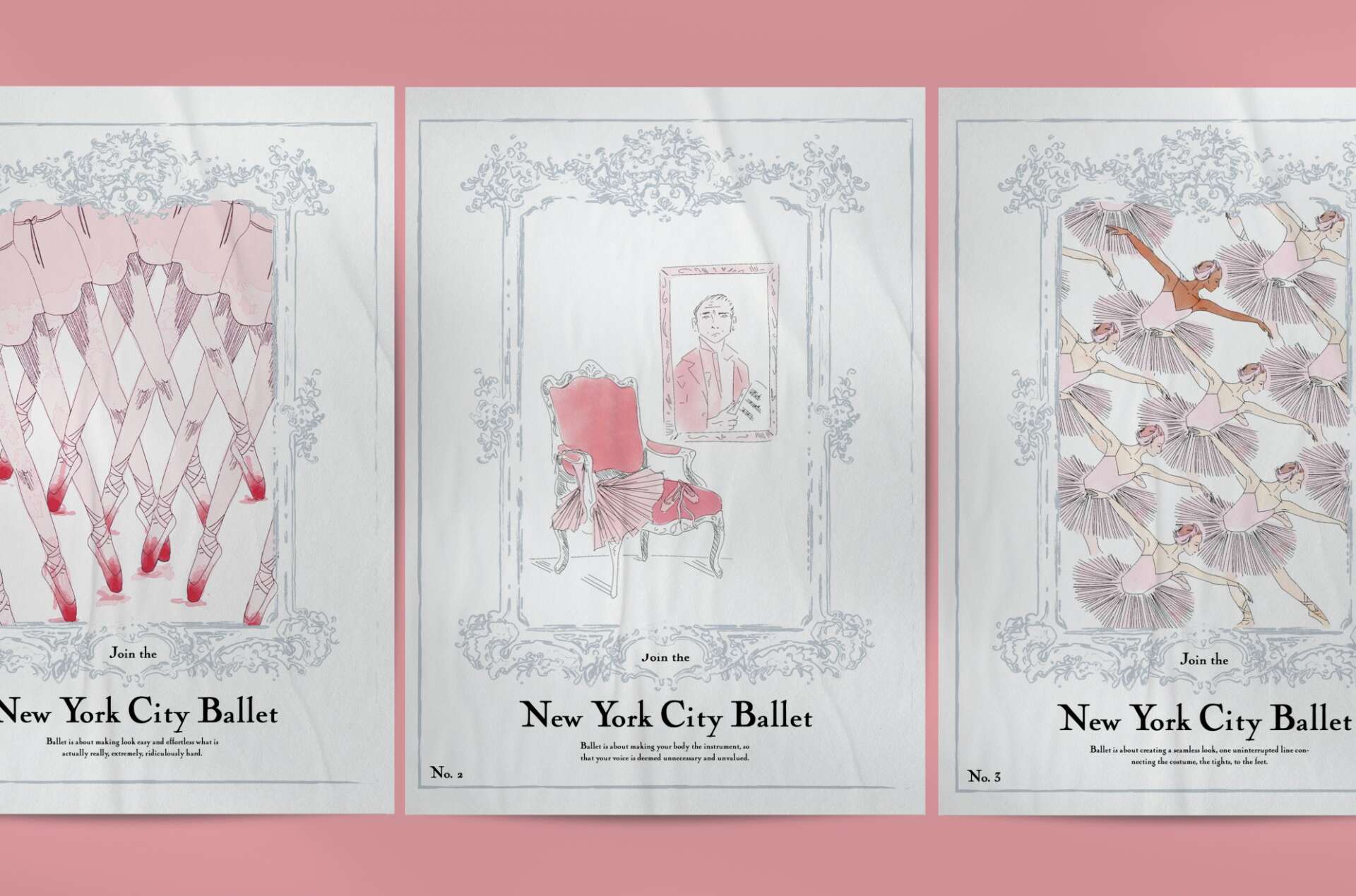
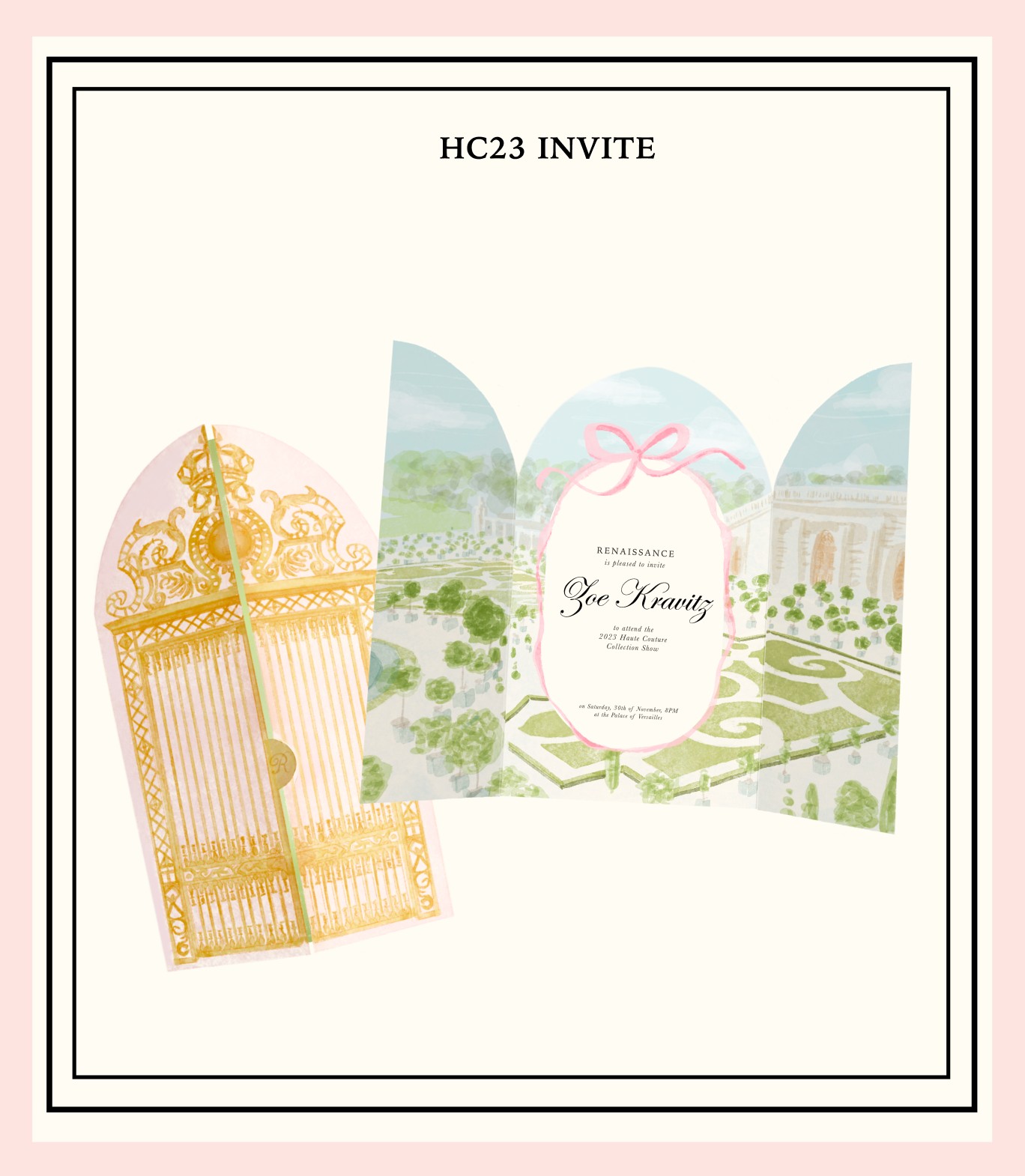
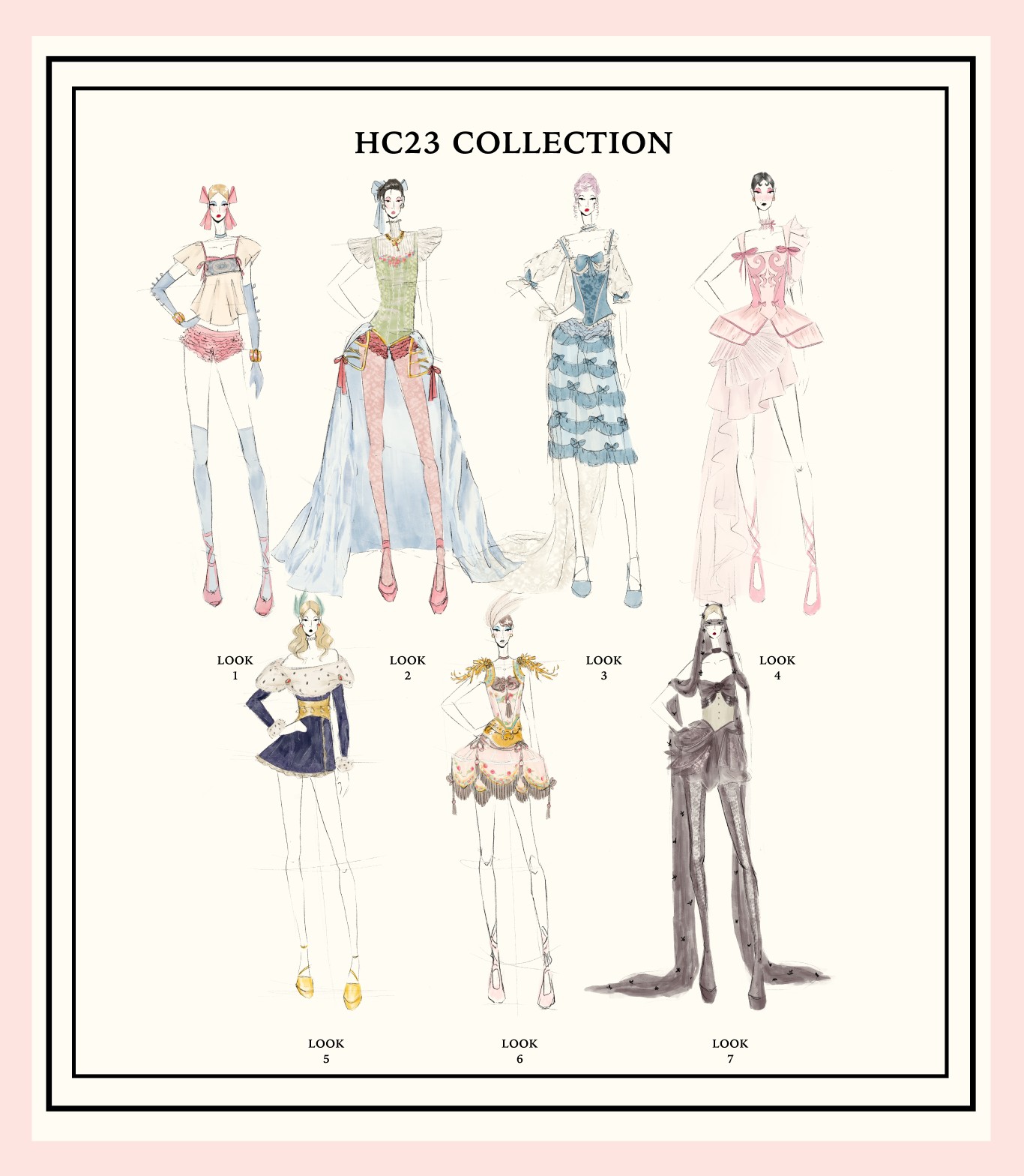
Great, appreciate you sharing that with us. Before we ask you to share more of your insights, can you take a moment to introduce yourself and how you got to where you are today to our readers.
My name’s Blair Garrison, I’m currently a senior at the Kansas City Art Institute studying graphic design. I focus in illustrative, elegant and feminine design, but pride myself in my ability to tackle all sorts of ideas and styles. I’ve been ‘freelancing’ for several years, but hope to work professionally in agency-life post graduation. I provide all sorts of services, and have done a little bit of everything over the years. Album art, logo designs, full rebrands, t-shirts, illustrating books, packaging design, poster design, character design, animation. Lots of things! I’m a creative person, whether that be through design, illustration, or fashion, I’m confident in my skills to provide the right services for clients and whatever ideas they’re trying to execute.

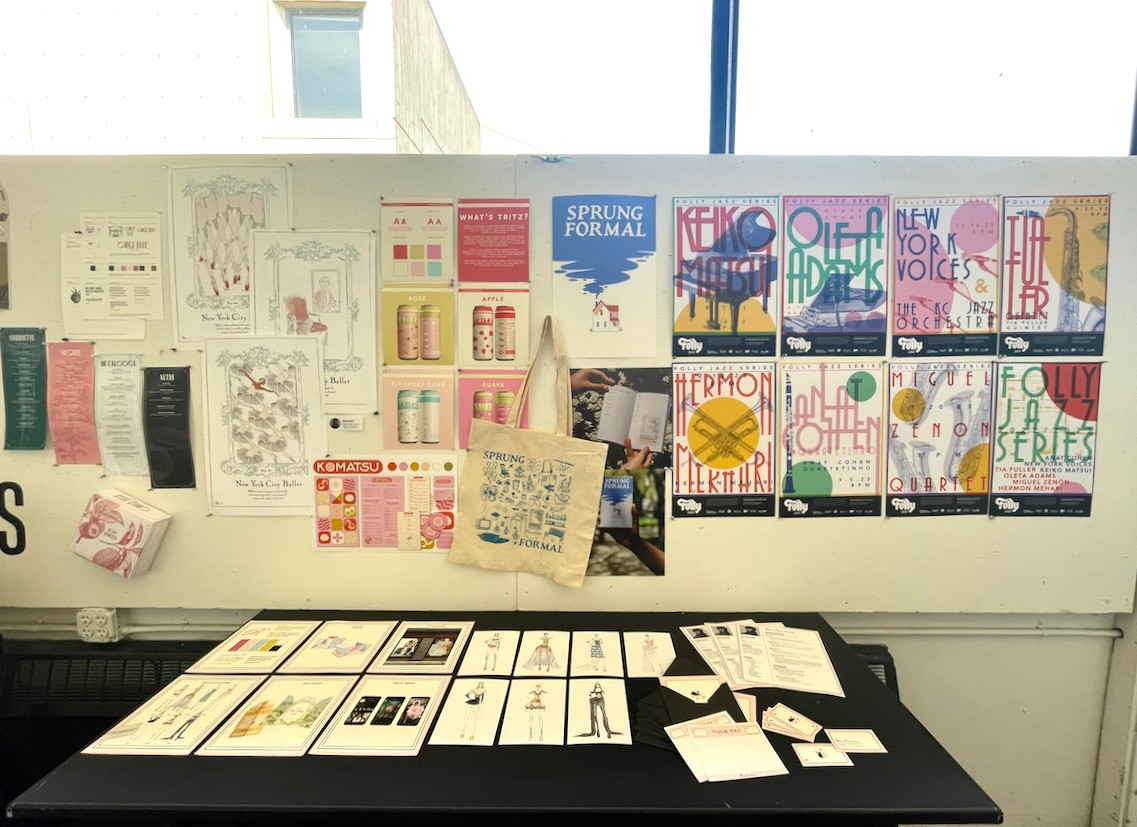
Are there any resources you wish you knew about earlier in your creative journey?
Internships and networking are the most important parts of being successful post-grad (in my opinion). And I heard that all the time, and I never really cared/believed it until it came down to it. I’ve had three internships now, and I don’t think I’d be ANYWHERE near as skilled as I am now without them. Not only did they teach me knew skills as an artist, but how to behave as a designer in all sorts of different professional settings.
My first internship was a good mix of business and design, I worked with copywriters, marketing teams and account managers in a team of two designers (including me) I rebranded bridal shops, I made social media graphics for gin brands, I made murals for biscuit restaurants, I made billboards for educational services.
My second internship was strictly design, I worked solo on a lot of really cool, very-illustrative projects in an office of only designers. The work I did here was really cool, I learned a lot from the designers around me and their experiences in the professional world. It was a much different experience from my first internship, where I was one of the only two designers. But similar in the fact that I was working on a few projects here and there by myself. It was high-pressure, and very challenging in terms of their design expectations, but I’m happy with what I made here.
My third internship has been the most unique. I work now in an ad-agency who works with one main client. So, a lot of the work here I do is for one singular client. Which means I’m using the same color palette, same typefaces and same styles all day every day. It’s been really interesting to challenge myself to keep creating unique work despite the fact that the assets I’m given I use all the time.
Each internship has taught me lots and lots about the industry and what I prefer. Without it, I think the idea of graduating would be a lot more terrifying than it actually is. I’ve made so many great connections through my coworkers, and I’ve realized how important keeping up those connections will be– especially when it comes to finding a job post-grad. I just think that’s the best thing you can do as a designer. If you feel like your school isn’t giving you the experiences or the connections you need to succeed, go out and find them yourself. Cold-email businesses, I got my most recent internship by just sending them an email and asking if they were looking for an intern. Apply on LinkedIn, DM them on instagram, find the contact page on their websites. The worst they can do is ignore you! (And they will, most times, by the way. But who cares). But it is SO beneficial and has made professional life feel a lot less daunting and scary.
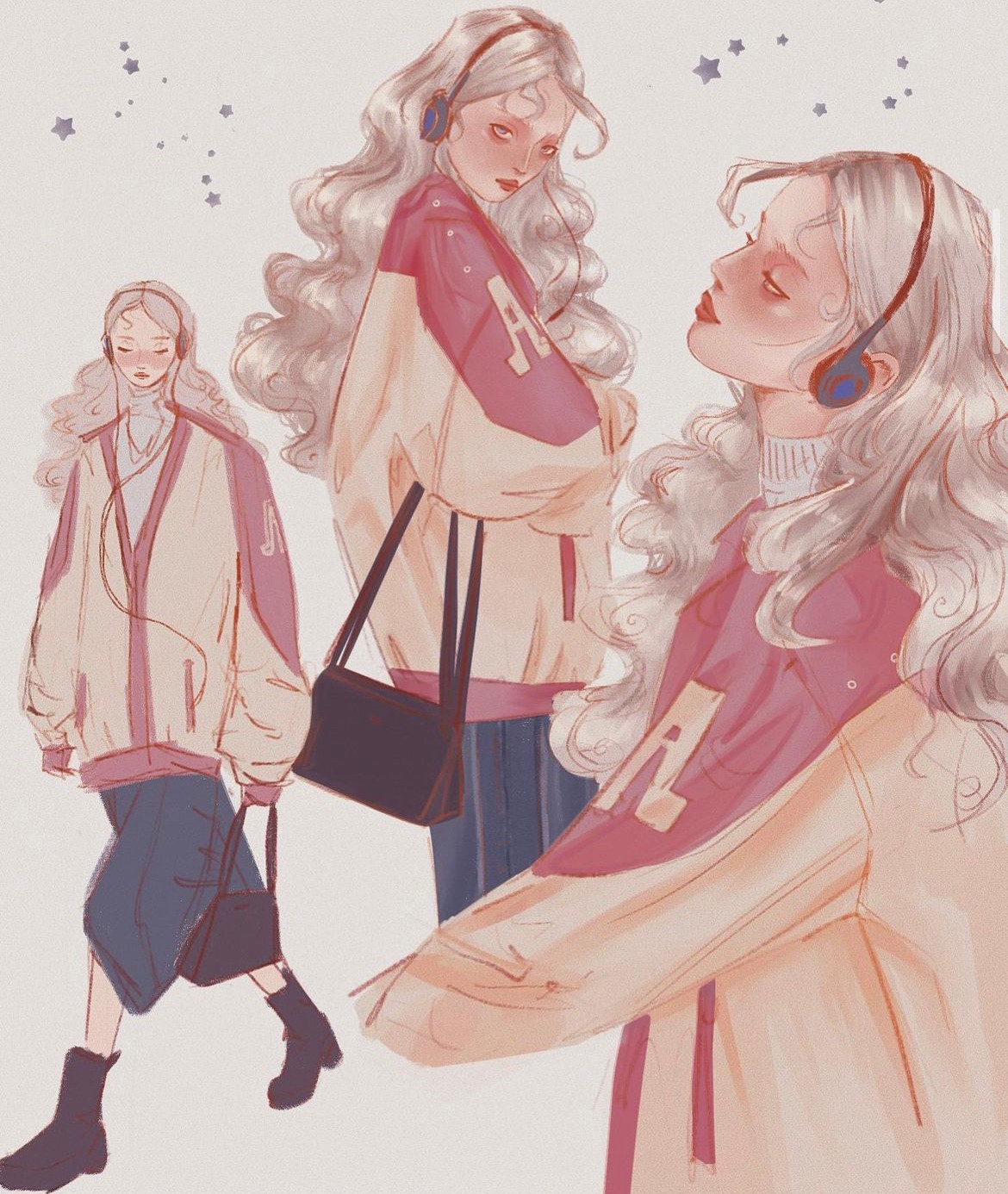

Do you think there is something that non-creatives might struggle to understand about your journey as a creative? Maybe you can shed some light?
I think a lot of creative services go under appreciated, and the work, time and effort put into projects are most times disregarded. I’ve had a very bad experience while freelancing, when the work requested wasn’t ‘personable enough’ despite the fact I didn’t know the client personally, and the only specifics they sent to me was a pinterest board full of other artist’s work/styles. I told them how much it’d cost, they agreed, and so I did the work. I tried my best to create work that didn’t copy the other artist’s work, and to stay true to my own style. When I was done, I sent them the work, to which they told me they loved it, but they didn’t pay me for several days. When I asked them to pay me, it turned into this very rude exchange where the client told me, and I quote “I think they could have been more personable. I just think the price you’re charging for what I got is a little steep, especially since I was hoping for something that spoke to me more than these do.” It was a lot of back and forth, and I eventually had to threaten taking them to small claims court so I got the payment they agreed upon prior.
This sort of turned into a rant– but this happens all the time and has happened to so many people I know. People turn rude and disrespectful when an artist doesn’t read their mind. If that client was expecting something more ‘personable’ they should have given me specifics, and not a pinterest board full of other people’s work. I just think people forget that artists and designers aren’t mind-readers.
But I’ve also had really great experiences that I’m super thankful for. Most of the times, people are extremely kind and appreciative of the work I’ve done, and it makes it all worthwhile.
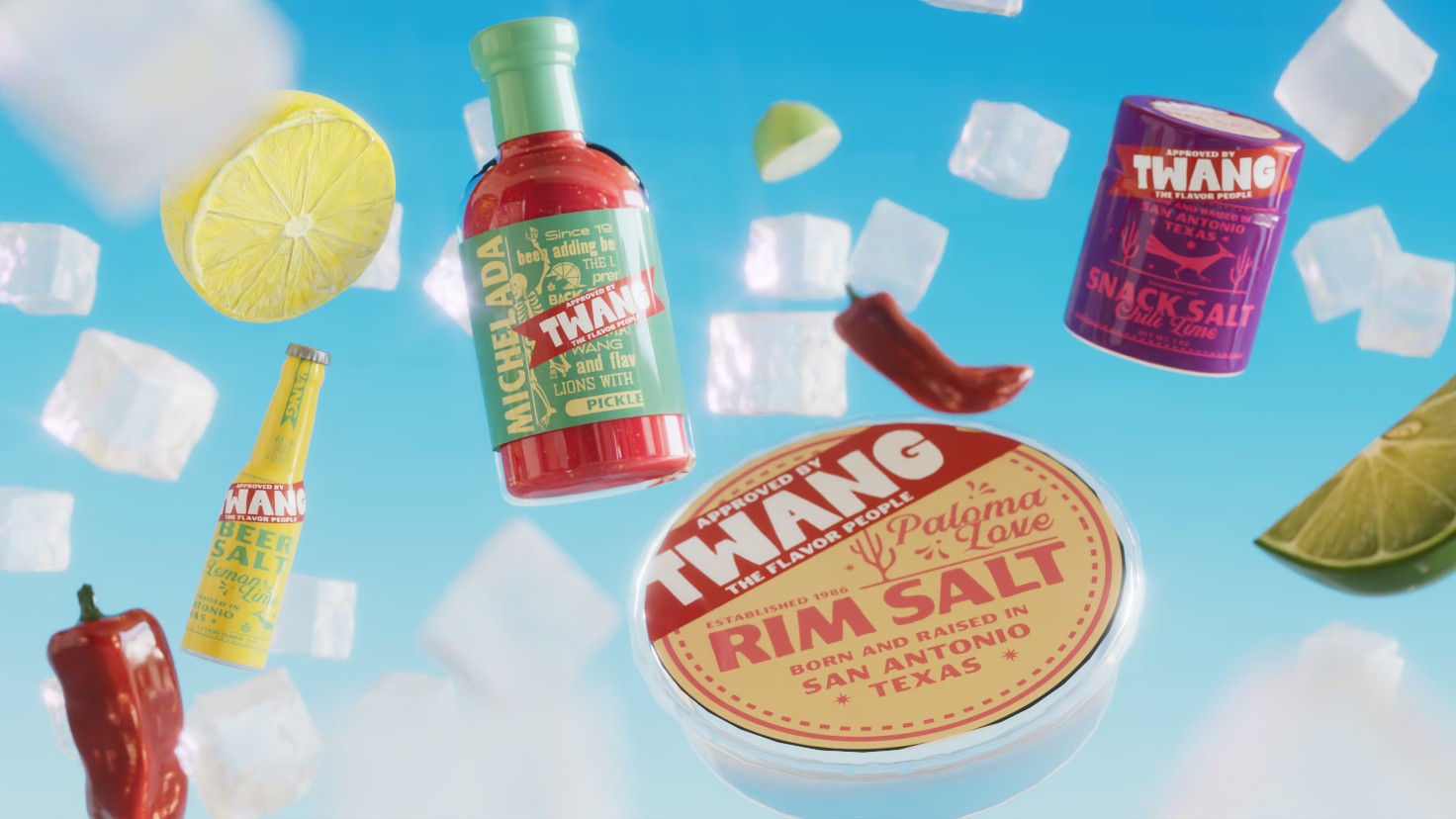
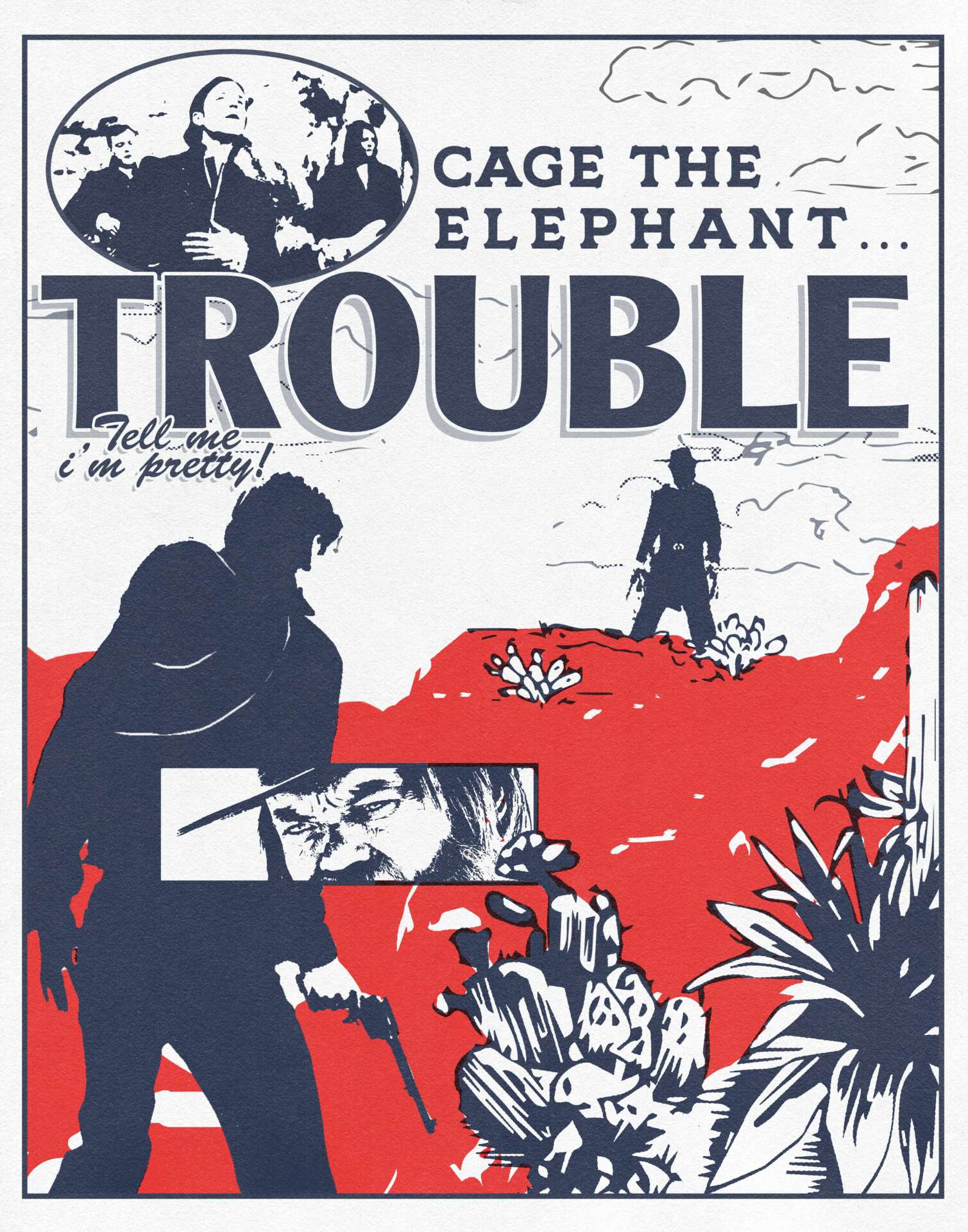
Contact Info:
- Website: https://blairgarrison.myportfolio.com/welcome
- Instagram: @blairgarrison or @blairison
Image Credits
All credit to me


